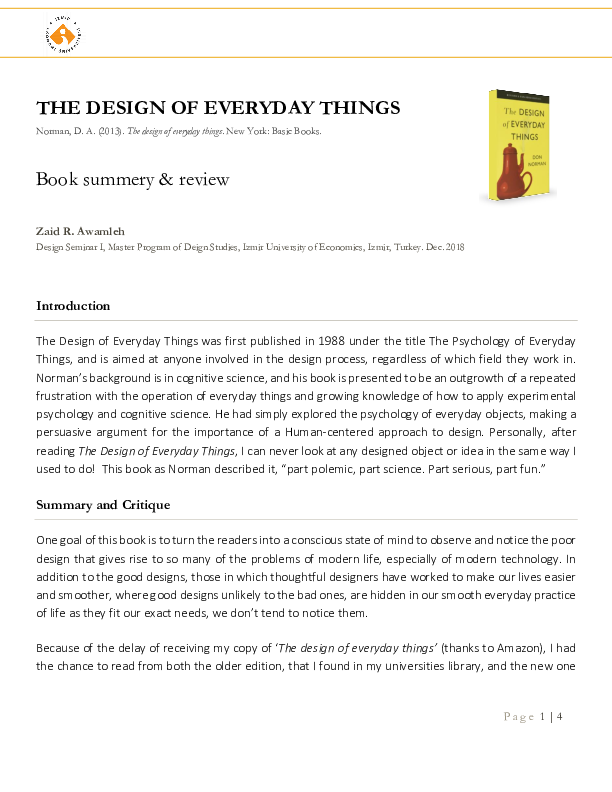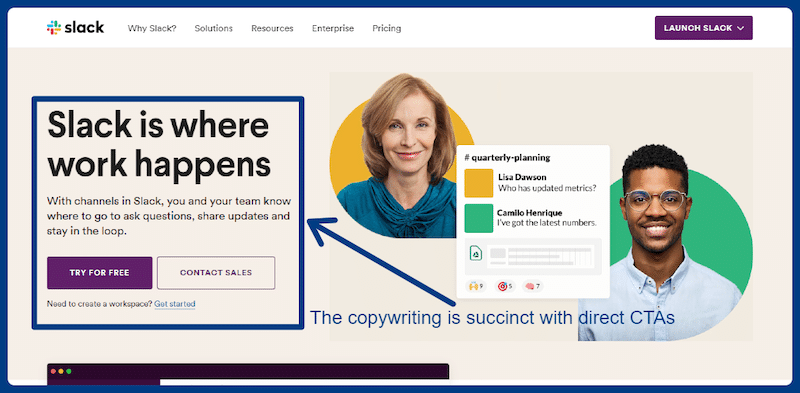
HTML and CSS are the foundations of any website. Learn HTML and CSS. You'll also learn how to style the content. JavaScript is used to program the browser. You'll also learn about Responsive design. This Companion Website to Basics of Web Design is a great place for beginners. It contains information about CSS3 and HTML5.
HTML is the core of all websites
The most basic website includes HTML as the base code. HTML stands for HyperText Markup Language, which is a language designed to describe webpages. Markup languages enable text to be presented dynamically and make websites more interactive and appealing. HTML was first developed in 1989 and is considered the standard publishing language for the internet. HTML is a very complex language with many different terms and attributes. We'll be covering the basics of HTML, and how you can use it to create your website.

CSS is used to style HTML content
CSS is a language that is commonly used in web design to apply styles to HTML content. CSS can contain many properties, including color, size and position. The properties you can specify in CSS will be applied to the specified tag. Style color would be applied to the text. Style background would apply to both the background and text. The table 5-1 shows the most common style specifications.
JavaScript is used to program in the browser
JavaScript is supported in most web browsers. This programming language has both the advantages and features of a written language. Dynamic typing is a key feature of JavaScript. It means that variables are not declared explicitly. It supports object-oriented programming which allows developers to think intuitively. As such, it is the most preferred programming language to create web applications. JavaScript is supported by all major web browsers.
Responsive layouts
Responsive layouts have become more important in web designing. Many sites now use both desktop and mobile versions. These layouts require elements to be able to resize appropriately, based on the size of the screen. The following are some tips for web designers when implementing responsive layouts. The first thing to keep in mind is that not all devices are created equal. The screen size of a desktop device will vary from one on the other. Therefore, it is important to test your layouts on different devices.

Color scheme
To set the tone for interaction and encourage interaction with their customers, many brands have adopted color schemes to their websites. These colors are vital to any website's success. The following examples can help you make your website stand out.
FAQ
What is a static web site?
A static website contains all content stored on a server that visitors can access via web browsers.
The term "static” refers the fact that there is no dynamic feature such as changing images or video, animations etc.
This site was initially designed for corporate intranets, but it has been adopted by individuals or small businesses who desire simple websites that don't require complex programming.
Because static websites require less maintenance, they have grown in popularity. They are much easier to maintain than fully-featured sites with many components (such a blog).
They load much faster than dynamic counterparts. They are great for people who use mobile devices and have slow Internet connections.
Also, static websites are more secure that dynamic counterparts. You can't hack into a static site. Hackers have only access to data stored in a database.
There are two main methods to create static websites:
-
Use a Content Management System (CMS).
-
Static HTML Website Creation
Which one is best for you depends on your needs. I recommend a CMS if you're just starting to create websites.
Why? Because it allows you to have full control over your website. You don't need to hire someone else to help you set it up. Upload files directly to the CMS.
It is possible to still learn how code can be used to create static websites. It will take some time to learn to program.
How Do I Choose A Domain Name?
Choosing a good domain name is essential. People won't know where to go if they don't have a good domain name.
Domain names should not be too long, difficult to remember, specific to your brand, or unique. Ideal domain names are something people would type into their browser.
Here are some ideas to help you choose a domain.
* Use keywords related your niche.
* Do not use hyphens (-), numbers or symbols.
* Don't use.net or.org domains.
* Never use words that have already been used.
* Avoid generic terms like domain or website.
* Check that it is available.
Can I create my own website with HTML & CSS?
Yes! If you've read this far, you should now know how to create a website.
Now that you know how to create the structure of a website, you'll also need to learn some HTML and CSS coding.
HTML stands as HyperText Markup Language. You can think of it as writing a recipe. You'd list ingredients, instructions, and directions. Similarly, HTML tells a computer which parts of text appear bold, italicized, underlined, or linked to another part of the document. It's the language for documents.
CSS stands to represent Cascading Stylesheets. You can think of CSS as a style sheet for recipes. Instead of listing all ingredients and instructions, you simply write down the basic rules for things such as font sizes, colors or spacing.
HTML tells the browser how to format a web page; CSS tells it how to do it.
If you don't understand either of those terms, don't fret. Follow the tutorials and you will soon be creating beautiful websites.
What is responsive web design?
Responsive Web Design, also known as RWD, is a way of designing websites so that content displays on all devices. This includes desktop computers, tablets (tablets), smartphones, etc. This allows users access all features of a website, including navigation menus, buttons and buttons, on one device. RWD's goal is to ensure that users view the exact same version of a website on every screen size.
For example, if you were building a website for a company whose products sell primarily through eCommerce, you would want to ensure that even if a customer viewed your website on a smartphone, they could easily purchase items from your store.
A responsive website will adjust its layout automatically based on what device is used to view it. A website that is viewed on your laptop will display the same way as a desktop website. However, if you're viewing the page on your phone, it will display differently.
This allows you to create one website that works on all devices.
Can I use a template or framework on my website?
Yes! Pre-built templates and frameworks are often used when building websites. These templates include all of the code required to display the information on your webpage.
These templates are the most in-demand:
WordPress - the most widely used CMS
Joomla – Another popular open-source CMS
Drupal - Drupal is an enterprise-level software that large organizations can use
Expression Engine - A proprietary CMS from Yahoo
There are hundreds of templates available for every platform. It should not be difficult to find the right one.
How much does it cost to build a website?
The answer to that question depends on the purpose of your website. Google Sites is a free service that may be available if you only want to publish information about yourself and your business.
If you want to attract more visitors to your website, however, you will need to pay for something stronger.
A Content Management System (like WordPress), is the most popular option. These programs allow you to create a website without knowing anything about programming. And because third-party companies host these sites, you won't need to worry about getting hacked.
Squarespace is another service that can be used to build websites. There are a number of plans available, with prices ranging from $5 per Month to $100 Per Month depending on the features you wish to add to your website.
What Types of Websites Should I Create?
It all depends on what your goals are. You may choose to sell products online if you want to build a website. To do this, you will need to create a strong eCommerce website.
Other popular types of websites include blogs, portfolios, and forums. Each requires different skills. You will need to be familiar with blogging platforms like Blogger or WordPress if you wish to create a blog.
Once you have chosen a platform, it is also important to determine how you can customize the appearance of your site. There are lots of free themes and templates available for each platform.
After you have chosen a platform, it is time to add content. You can add images, videos, text, links, and other media to your pages.
You can publish your website online once you have launched it. Once published, visitors can view your site in their browsers.
Statistics
- At this point, it's important to note that just because a web trend is current, it doesn't mean it's necessarily right for you.48% of people cite design as the most important factor of a website, (websitebuilderexpert.com)
- It's estimated that chatbots could reduce this by 30%. Gone are the days when chatbots were mere gimmicks – now, they're becoming ever more essential to customer-facing services. (websitebuilderexpert.com)
- It enables you to sell your music directly on your website and keep 100% of the profits. (wix.com)
- The average website user will read about 20% of the text on any given page, so it's crucial to entice them with an appropriate vibe. (websitebuilderexpert.com)
- When choosing your website color scheme, a general rule is to limit yourself to three shades: one primary color (60% of the mix), one secondary color (30%), and one accent color (10%). (wix.com)
External Links
How To
How do you become a web developer
A website is more than just HTML code. It is an interactive platform that allows users to communicate and delivers valuable content.
Websites are not just for information delivery; they can also be portals to your business. It should help customers find what they need quickly and efficiently while also showing them how you want them to interact with your company.
The best websites let visitors do exactly what it says on the tin: find what they are looking for, then go.
This requires you to acquire technical skills as well design aesthetics. You'll have to understand the basics of HTML5 coding and CSS3 styling and the latest developments in JavaScript and other programming languages.
You'll also need to know how to use various tools, such as Dreamweaver, Photoshop, Illustrator, InDesign, and Fireworks, allowing designers to create and edit website graphics and layouts. And finally, you'll need to develop your style guide, which includes everything from fonts to colors to layout.
Begin by learning about the subject, taking online courses, and enrolling in college programs if you want to become a web developer.
Although your degree may take months, or even years, once you earn it you will be ready for the workforce.
Don't forget to practice! The better you get at designing, the easier it will be for you to build great websites.